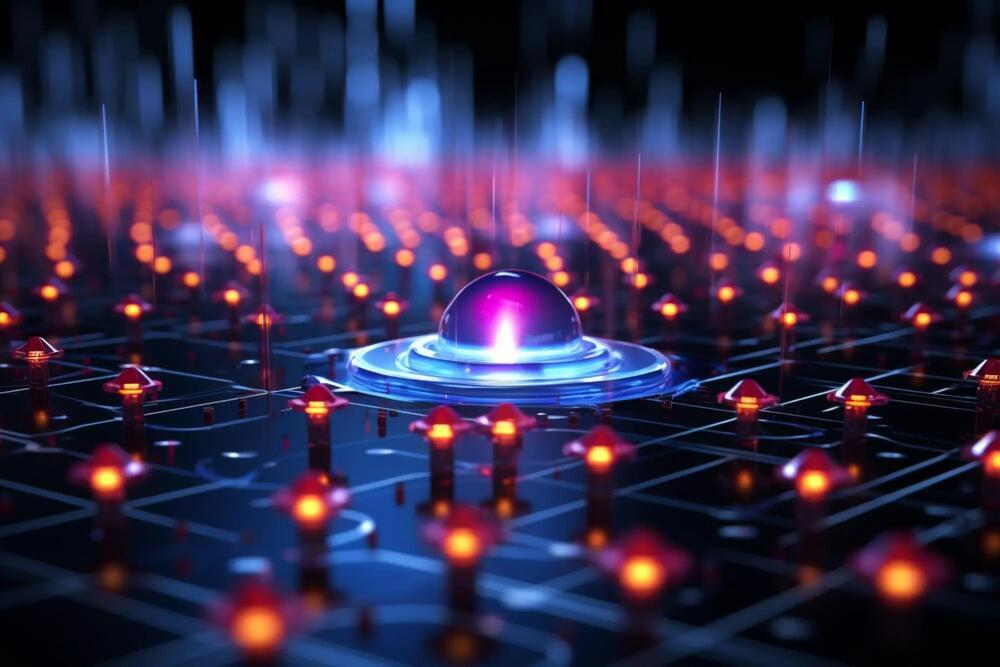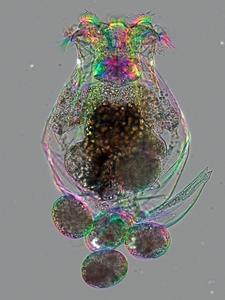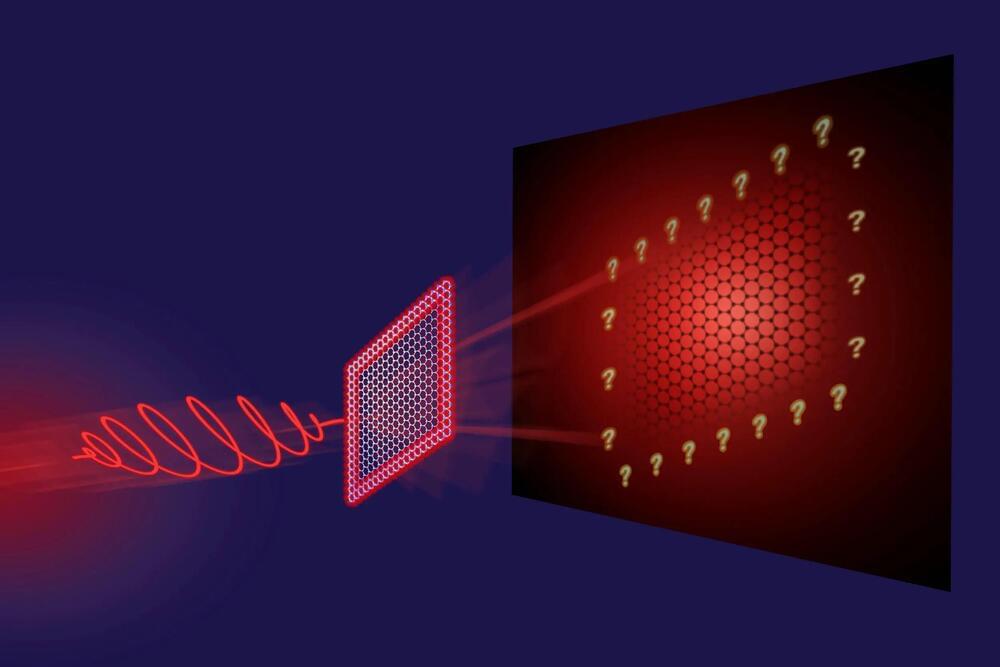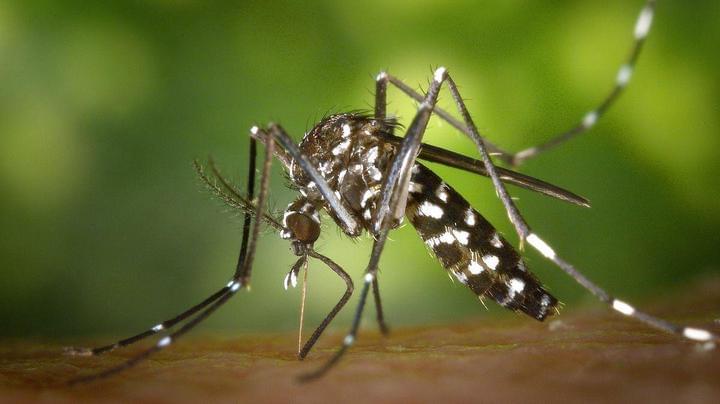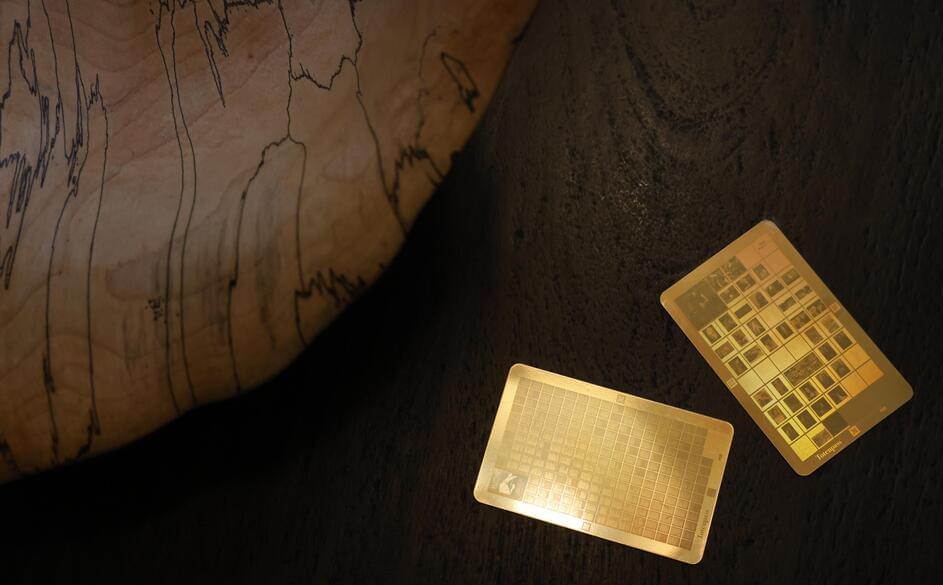In a breakthrough for optical computing, researchers developed a nanosecond-scale volatile modulation scheme integrating a phase-change material.
Technological advancements such as autonomous driving and computer vision have spurred a significant increase in demand for computational power. Optical computing, characterized by its high throughput, energy efficiency, and low latency, has attracted significant interest from both academia and industry. However, current optical computing chips are hampered by their power consumption and size, which limit the scalability of optical computing networks.
Nonvolatile integrated photonics has emerged to address these issues, offering optical computing devices the ability to perform in-memory computing while operating with zero static power consumption. Phase-change materials (PCMs), with their high refractive index contrast between different states and reversible transitions, have become promising candidates for enabling photonic memory and nonvolatile neuromorphic photonic chips. This makes PCMs ideally suited for large-scale nonvolatile optical computing chips.
